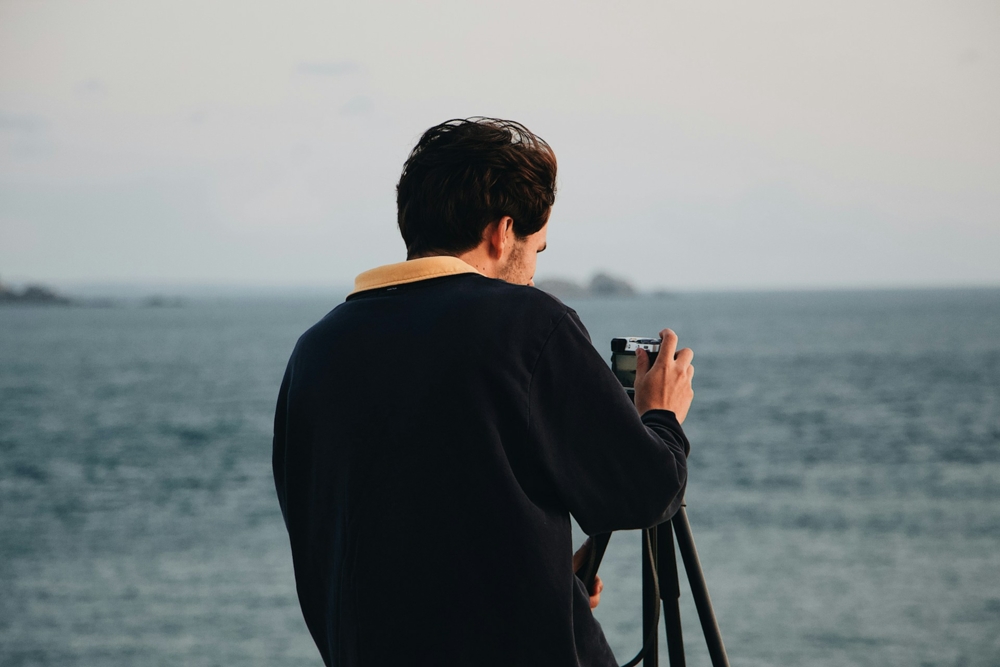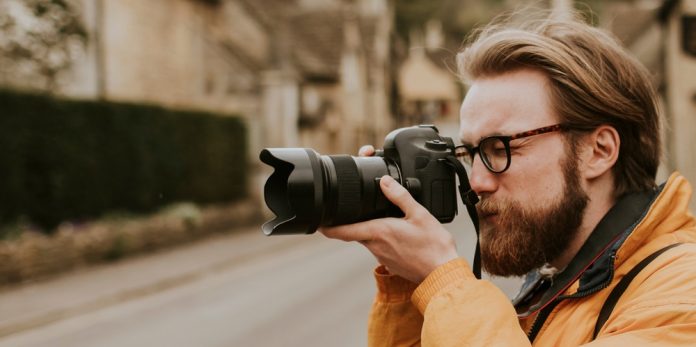Every photographer, no matter how experienced, has faced the question: RAW vs JPEG. It’s one of the first crossroads you hit when you start taking photography more seriously. Both formats are powerful tools, but they offer very different experiences behind the lens and during the editing process. Understanding what each format brings to the table can help you make smarter decisions every time you press the shutter.
I remember when I first started shooting. I stuck with JPEG because it was easy, fast, and didn’t require me to spend time editing. But once I discovered what RAW could do, it was like unlocking a secret level in a game. Suddenly, I had control over light, color, and detail in ways I never thought possible.
In this article, we’ll dig into RAW vs JPEG, look at when to use each format, and help you make the best choice for your photography.
Table of Contents
- What is RAW vs JPEG?
- Why JPEG Works for Everyday Shooting
- When RAW Gives You the Upper Hand
- Real-World Uses for RAW vs JPEG
- Editing Flexibility and Workflow
- Finding the Right Balance for Your Style
- FAQ: RAW vs JPEG
What is RAW vs JPEG?
At the simplest level, RAW vs JPEG comes down to how your camera handles image data. A JPEG file is a processed and compressed version of your image. The camera takes the data from the sensor, applies adjustments like contrast, sharpness, and color, then outputs a polished image that’s ready to share or print. It’s quick, efficient, and requires little post-processing.
RAW, on the other hand, captures everything your camera’s sensor sees without processing or compression. It’s like getting the ingredients instead of the finished dish. This means the file is much larger, but it contains far more information that you can work with in editing. If your exposure is a little off or the white balance isn’t perfect, RAW gives you the ability to fix it without degrading image quality.
Understanding RAW vs JPEG isn’t just about knowing what each file type is. It’s about understanding how these formats affect your shooting workflow, editing process, and final results. Whether you prefer speed or control will help guide your choice.
Why JPEG Works for Everyday Shooting
JPEG has a lot going for it, especially if you’re just starting out or shooting casually. Because the camera processes the file for you, what you see is pretty close to what you get. This makes JPEG perfect for moments when you want to shoot, share, and move on. There’s no extra editing time required, and your memory cards and hard drives will thank you for the smaller file sizes.
Another big advantage of JPEG is convenience. If you’re photographing events, vacations, or anything fast-paced, the last thing you want is to be bogged down by massive files and hours of editing. Shooting JPEG lets you focus on the moment rather than the post-processing. That’s a big win if you’re working with a tight turnaround or just want to enjoy the experience of shooting.
When considering RAW vs JPEG, think about the final use of your images. If you’re just uploading to social media or printing small, JPEG often gives you everything you need. It’s also a great choice for learning composition and timing before diving into the more technical aspects of editing.
When RAW Gives You the Upper Hand

Photo by ronstik via Shutterstock
RAW files shine when you want control. Unlike JPEG, RAW keeps every bit of data your sensor captured. That means you can recover details in bright highlights, pull back shadows, and fine-tune color temperature with ease. If you’ve ever blown out a sky in a landscape or had a portrait with tricky lighting, RAW gives you a fighting chance to fix it without sacrificing quality.
Another major benefit is flexibility. RAW lets you make creative decisions after the fact. If you decide you want a cooler white balance or a little more contrast, you can make those adjustments without damaging the file. JPEGs are less forgiving in that regard, so what you shoot is often what you’re stuck with.
In the RAW vs JPEG debate, RAW is also the preferred format for anyone who wants to grow creatively. It opens the door to more advanced editing techniques and gives you room to experiment. Once you get used to the extra step of processing, it becomes second nature—and often worth the effort.
Real-World Uses for RAW vs JPEG
There’s no one-size-fits-all answer to RAW vs JPEG because the right choice depends on what you’re shooting and how you plan to use your images. For example, if you’re capturing quick family snapshots or covering an event where turnaround time matters, JPEG is usually the smarter choice. You’ll get solid images straight out of the camera with no extra steps.
But if you’re shooting portraits, landscapes, or anything where lighting conditions are tricky, RAW gives you more flexibility to shape the final look. I often shoot RAW during golden hour or in harsh sunlight because it gives me more room to recover highlights and adjust tones in post.
Another good option is shooting in RAW + JPEG mode. This gives you the best of both worlds—a ready-to-share JPEG and a RAW file you can work with later. It does take up more storage space, but it’s a great way to experiment and grow as a photographer.
Editing Flexibility and Workflow

Photo by stockfour via Shutterstock
Editing is where the biggest differences between RAW vs JPEG really show up. With JPEG, what you see is mostly what you get. You can make small tweaks, but big adjustments often lead to a loss in quality. That’s because JPEG files are compressed, and much of the original image data is discarded during processing in-camera.
RAW, on the other hand, is designed for editing. The untouched data gives you room to recover blown highlights, lift shadows, and adjust color without introducing ugly artifacts. Programs like Adobe Lightroom or Capture One make this process smooth and intuitive. Once you get used to it, it’s hard to go back.
Of course, the tradeoff is time and file size. RAW requires processing and takes up more storage. But if quality and flexibility matter to you, it’s a worthwhile investment. Many photographers develop a workflow that makes RAW editing fast and efficient, and it becomes a natural part of the creative process.
Finding the Right Balance for Your Style
There’s no clear winner in the RAW vs JPEG debate—it’s about matching the format to your shooting style. If you love quick, easy shooting and minimal editing, JPEG is a fantastic choice. If you want more creative control and higher quality, RAW opens the door to endless possibilities.
Personally, I use both depending on the situation. When I’m shooting something casual, JPEG gets the job done fast. But when I’m working on something I really care about or know I’ll want to perfect in editing, RAW is my go-to. The key is understanding what each format offers so you can choose with confidence.
If you’re just getting started, experiment with both. Shoot JPEG for everyday practice, and start sprinkling in RAW for the moments that matter most. Over time, you’ll find the balance that fits your workflow and your goals as a photographer.
FAQ

Photo by Maël BALLAND on Unsplash (license)
Can you shoot RAW and JPEG at the same time?
Yes, many cameras offer a RAW + JPEG mode. This gives you a processed JPEG for quick use and a RAW file for editing later. It’s a great way to learn both formats.
Do RAW files always look better than JPEG?
Not necessarily. RAW files give you more control, but they need editing to look their best. JPEGs can look great straight out of the camera if your exposure and settings are solid.
Are RAW files harder to work with?
They can be at first because they require editing software, but once you develop a simple workflow, it becomes second nature. The extra flexibility is worth the learning curve.
Does shooting RAW fill up my memory card faster?
Yes, RAW files are larger, so they take up more space. Make sure to use high-capacity memory cards or an external drive if you shoot a lot of RAW.
Which format should beginners start with?
Many beginners start with JPEG to focus on composition and exposure without getting bogged down in editing. As you grow, learning RAW is a great next step.
Just so you know, some of the cool stuff we mention comes with affiliate links, meaning we earn a commission if you buy (no extra charge to you!). Plus, we occasionally feature sponsored content, but rest assured, we only shout out products we genuinely stand behind.
Learn More:
- Mastering Exposure Compensation: A Beginner’s Guide to Better Photos
- Demystified: An In-Depth Guide to Your Camera’s Histogram
Hero photo by Rawpixel.com via Shutterstock

